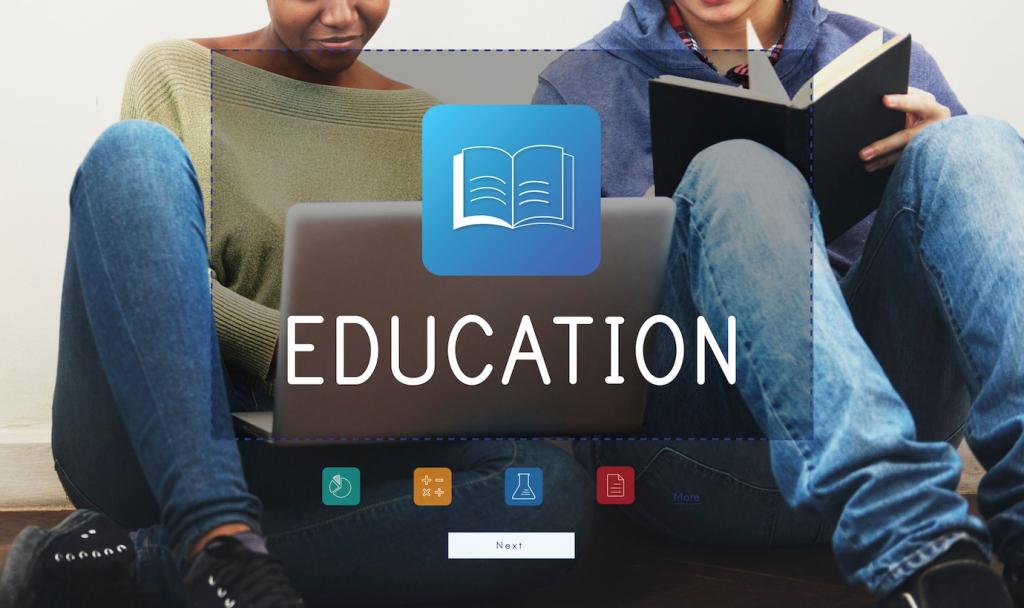Questioning Strategies That Measure Comprehension
Begin with a concrete case, invite prediction, then ask why. Follow with a counterexample. This gentle chain uncovers assumptions and encourages learners to articulate the rules guiding their thinking.
Questioning Strategies That Measure Comprehension
After asking a question, count silently to five. The pause increases participation, deepens responses, and balances voices. Encourage learners to jot before speaking to stabilize reasoning.








